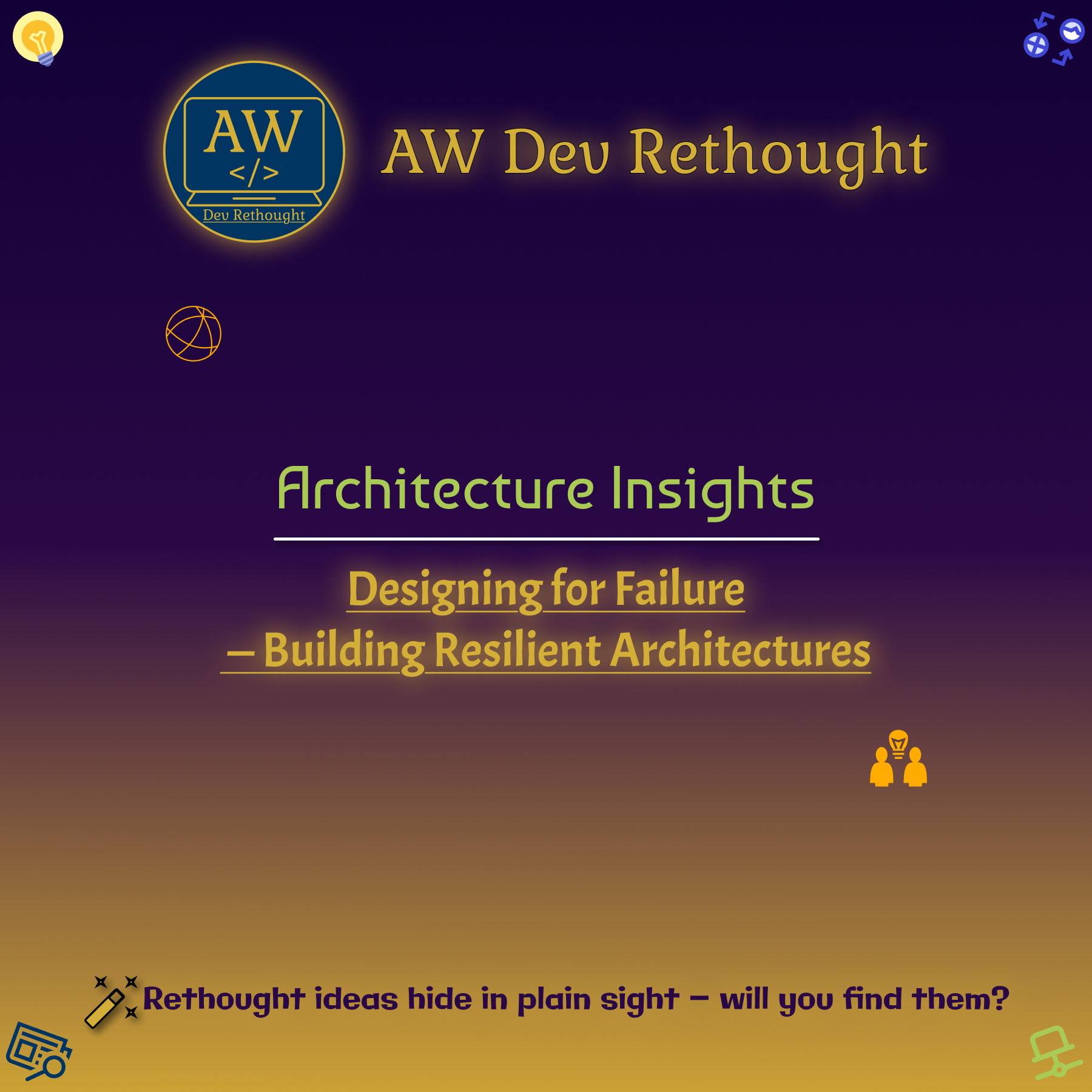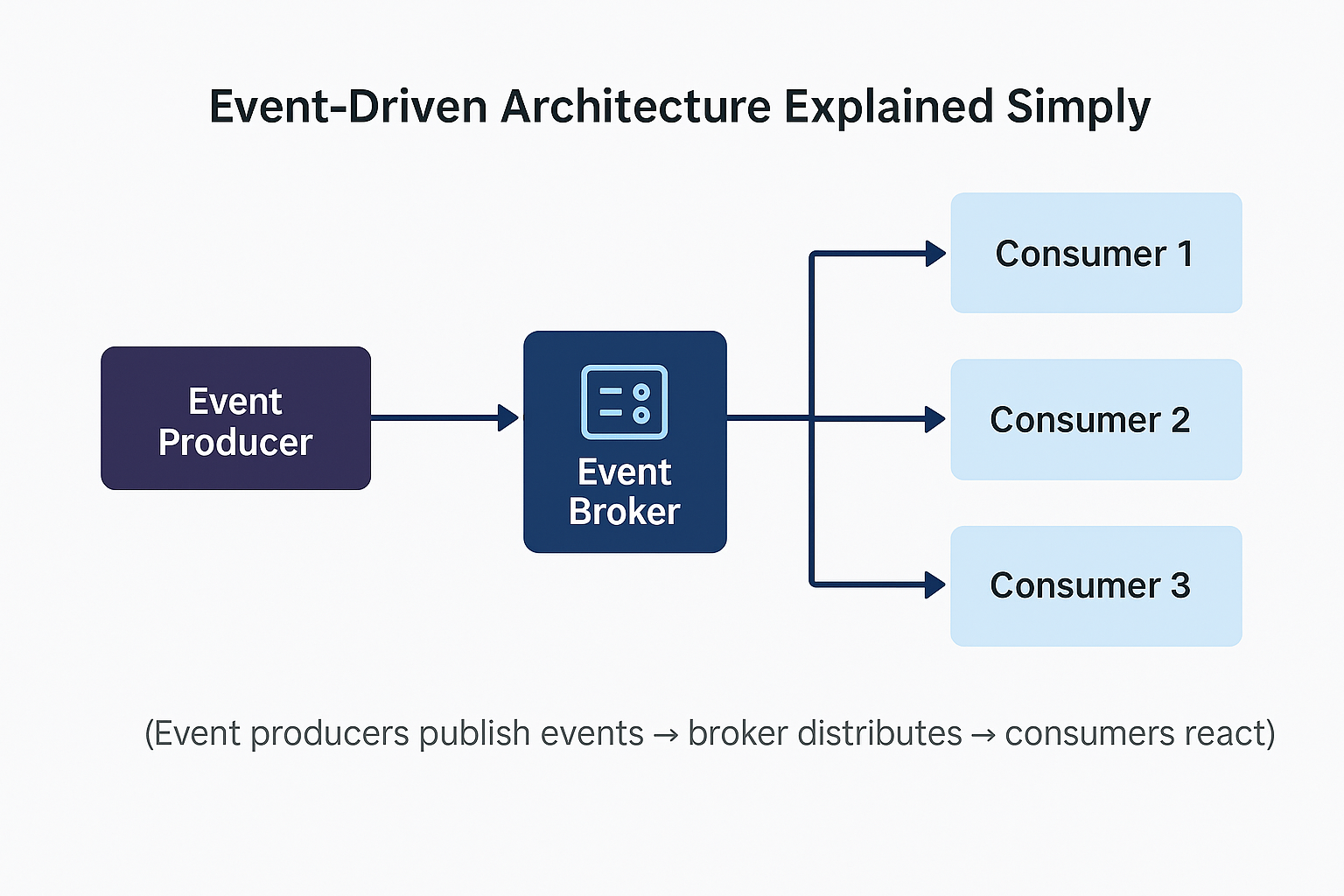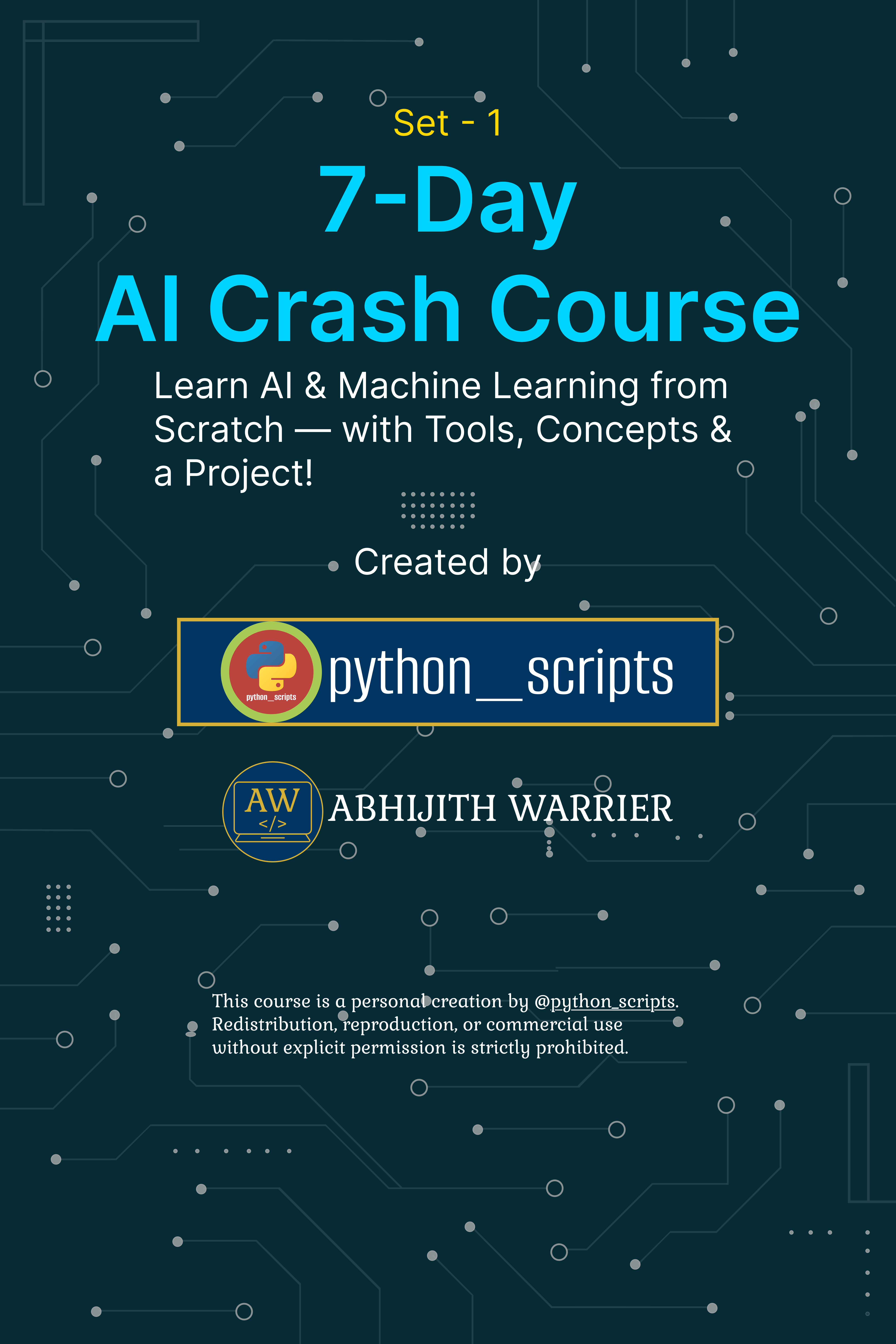Architecture Insights: How Architecture Decisions Impact Team Productivity
Posted On: October 20, 2025 | 4 min read | 1
Introduction
Every technical decision has a human cost.
When we talk about software architecture, we often discuss scalability, maintainability, or performance — but we rarely discuss how it shapes the way teams work.
The truth is, architecture is more than code and patterns — it’s an organizational design tool.
A great architecture amplifies collaboration and focus. A poor one creates silos, confusion, and endless meetings.
Let’s explore how architecture decisions directly influence productivity — and how teams can design systems that make people faster, not busier.
1. The Conway’s Law Connection
“Organizations design systems that mirror their communication structures.” — Melvin Conway (1967)
If your company’s teams are siloed, your architecture will reflect that.
A tightly coupled monolith often mirrors centralized decision-making.
A micro-services ecosystem often mirrors decentralized, autonomous teams.
The takeaway:
Your architecture and org chart evolve together. You can’t scale one without reshaping the other.
2. Complexity vs. Productivity Trade-Off
More components don’t always mean better scalability.
Every additional micro-service, integration, or layer adds communication overhead, deployment coordination, and testing friction.
Impact on Teams:
- Developers spend more time understanding dependencies.
- Onboarding new members becomes harder.
- Debugging spans across services, not files.
Architectural simplicity isn’t laziness — it’s an investment in velocity.
A productive team isn’t the one with the most services — it’s the one that delivers value fastest with minimal complexity.
3. Decision-Making Latency
Architecture defines who can make decisions.
When decisions require cross-team consensus for every change, progress stalls.
When ownership is clear — productivity soars.
Patterns That Help:
- Domain-Driven Design (DDD): Boundaries define autonomy.
- APIs as contracts: Empower independent iteration.
- Self-contained systems: Reduce bottlenecks between teams.
Architectural autonomy accelerates delivery, while over-centralization kills momentum.
4. Tooling and Developer Experience
A team’s productivity is often limited by its architecture’s tooling ecosystem —
how fast developers can test, deploy, and debug.
Key Enablers:
- CI/CD pipelines that minimize manual deployment steps.
- Local mocks and test environments for isolated testing.
- Observability stack (logs, traces, metrics) for faster feedback loops.
- Standardized frameworks that reduce cognitive load.
Architecture that supports a good Developer Experience (DX) is an architecture that scales human creativity.
5. Documentation and Knowledge Flow
An architecture without documentation breeds dependency on “tribal knowledge.”
When architectural decisions aren’t captured, teams slow down — especially as they grow.
How to Fix It:
- Maintain an Architecture Decision Record (ADR) system.
- Use lightweight tools like Markdown, Notion, or Git-backed docs.
- Record why a choice was made — not just what was built.
Clarity fuels productivity. A well-documented system empowers developers to act, not guess.
6. Alignment Between Technical and Business Goals
Architectural decisions that don’t align with business strategy cause friction.
Engineers optimize for elegance, while stakeholders push for speed.
This misalignment leads to context-switching, rework, and burnout.
Productivity isn’t just about efficiency — it’s about shared clarity.
When teams understand why the architecture exists, they can make decisions faster and with confidence.
7. The Hidden Cost of Over-Engineering
Premature optimization is one of the most common productivity killers.
Teams over-design for hypothetical scale that never arrives — increasing maintenance overhead and cognitive load.
Ask before adding complexity:
- Do we need this now, or are we solving tomorrow’s problem today?
- Is this abstraction reducing friction or adding it?
The best architects remove unnecessary decisions so teams can focus on value, not frameworks.
8. Architecture as a Feedback Loop
Good architecture evolves — it’s never “done.”
Collecting feedback from production, customers, and developers helps fine-tune structure over time.
What to do:
- Use retrospectives after major releases to identify friction points.
- Track Mean Time to Delivery (MTTD) and Mean Time to Recovery (MTTR) as architectural health metrics.
- Encourage teams to propose design improvements regularly.
Architecture that listens grows with the organization — and so does productivity.
Conclusion
Architecture is a mirror.
It reflects your communication patterns, values, and how much you trust your teams.
Every design choice — from monoliths to micro-services — shapes how humans collaborate, think, and deliver.
💡 Good architecture doesn’t just scale systems — it scales people.**
When designed intentionally, it doesn’t slow you down with rules; it removes friction so teams can build, ship, and grow with clarity and confidence.




No comments yet. Be the first to comment!